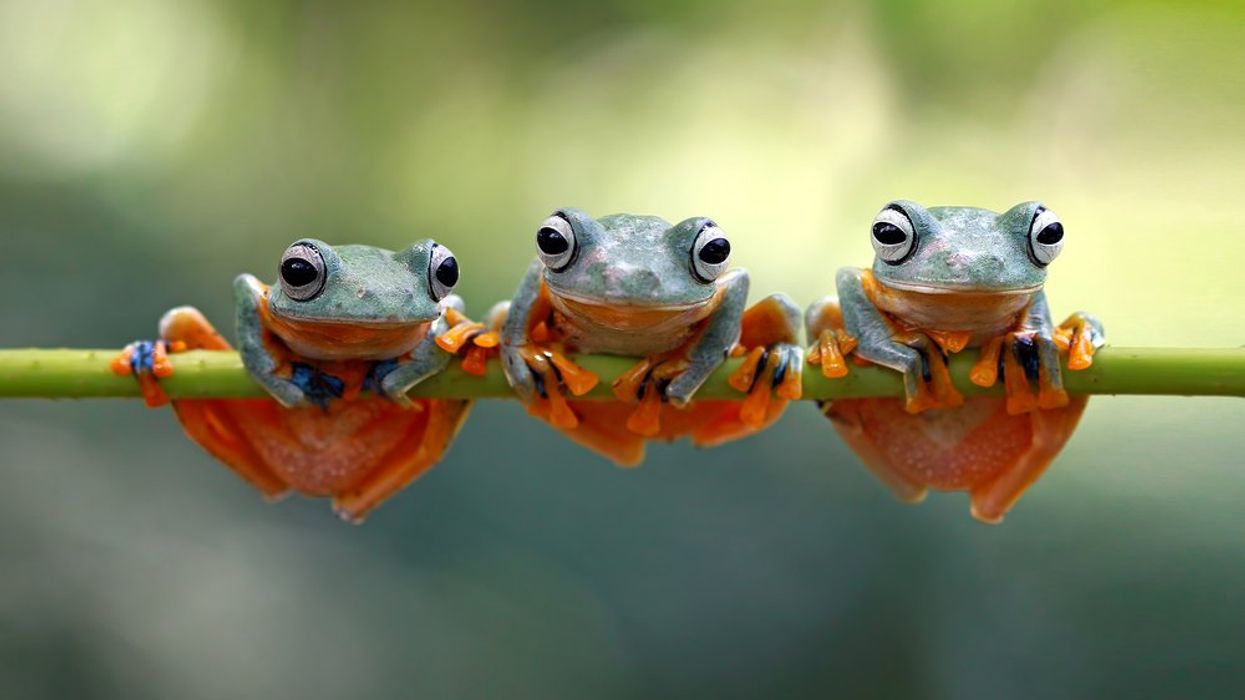The world’s frogs, salamanders, newts, and other amphibians are in serious trouble.
A new study published Wednesday in Nature found that 41 percent of amphibian species are threatened with extinction, meaning they are either vulnerable, endangered, or critically endangered. Salamanders are the most-threatened group of amphibians, with 60 percent facing extinction. This compares with 26.5 percent of mammals, 21.4 percent of reptiles, and 12.9 percent of birds.
The report primarily attributes this to climate change.
“As humans drive changes in the climate and to habitats, amphibians are becoming climate captives, unable to move very far to escape the climate-change-induced increase in frequency and intensity of extreme heat, wildfires, drought, and hurricanes,” the report's lead author, Jennifer Luedtke Swandby of the International Union for Conservation of Nature, said in a statement.
Rising temperatures threaten world's oceans

As cold-blooded animals, amphibians are extremely sensitive to changes in temperature. meaning they do not have scales, feathers, or fur to protect them. Chemical pollution, bacteria, and fungal infections are especially dangerous to them, as are drastic changes in moisture levels and temperatures.
“Amphibians are the world's most threatened animals,” explained Duke University's Junjie Yao, a frog researcher who was not involved in the study. “Their unique biology and permeable skin make them very sensitive to environmental changes."
This summer was the hottest on recordin the Northern Hemisphere, and 2023 is on slated to be the second-hottest year globally, after 2016.
Habitat destruction is another key factor in the decline of amphibians, as they have life stages that require separate habitats. This makes species easily disrupted by changes in aquatic or land environments.
Kelsey Neam, one of the primary authors of the study, added: “Amphibians are disappearing faster than we can study them, but the list of reasons to protect them is long, including their role in medicine, pest control, alerting us to environmental conditions, and making the planet more beautiful."
- Watch These 219 Dogs Break a World Record at 'PAW Patrol' Movie Screening ›
- Florida Animal Welfare Bill Would Ban Dogs From Sticking Their Heads Out Car Windows ›
- Pete Davidson Is Feuding With... PETA? ›
- Pandas Are Cute, But What About Saving 'Uncharismatic' Animals? ›
- DC Zoo's Pandas May Return After Biden Meets With Xi Jinping ›


















































